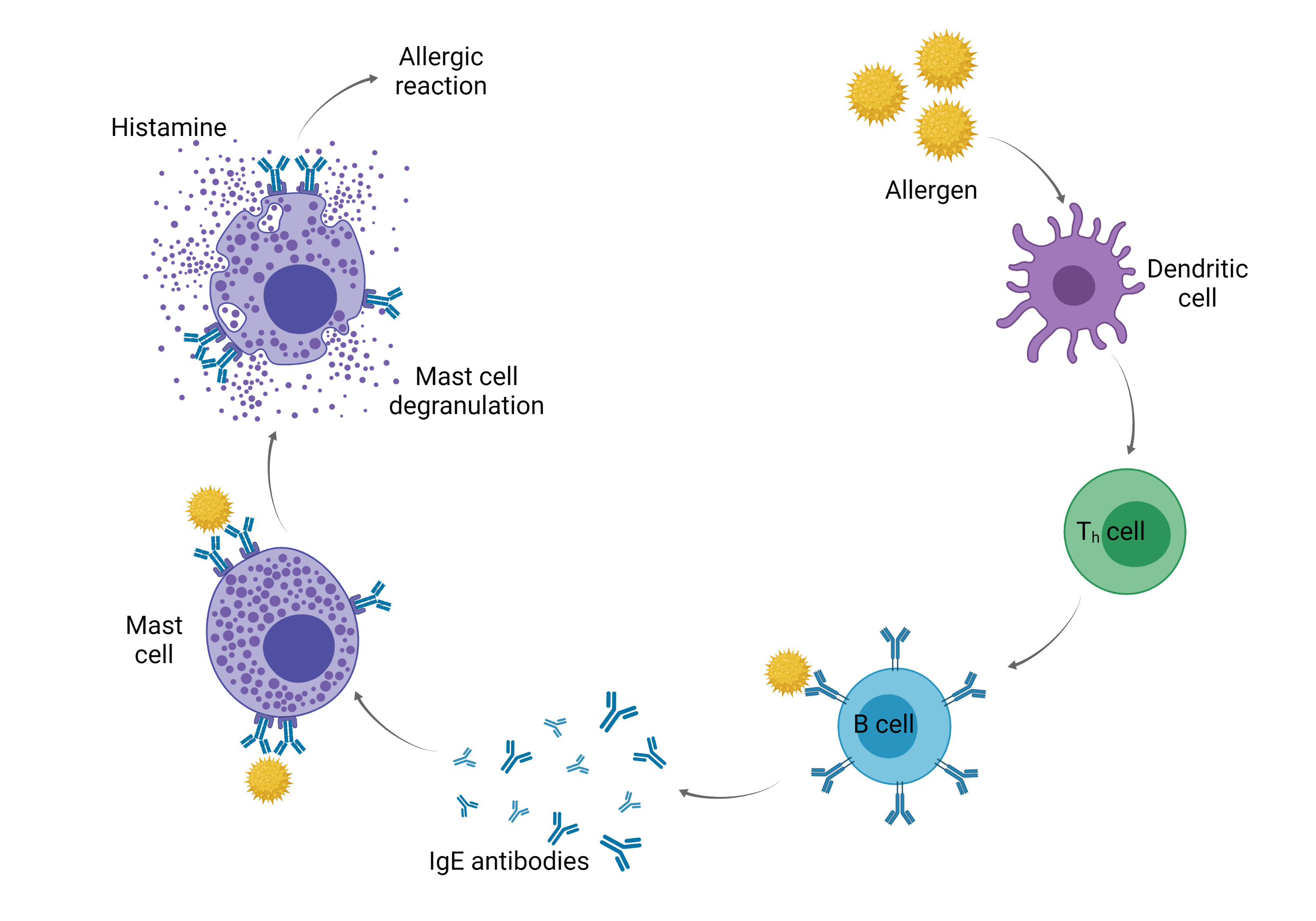> ALLERGIC DISEASES
Allergic diseases are a public health issue of endemic proportions. The global prevalence continues to rise. The World Allergy Organization reports that up to 22% of the world population suffer from some form of allergies (Global Atlas of Allergic Rhinitis and Chronic Rhinosinusitis, 2015).
For the millions of people experiencing moderate to severe allergy symptoms, their sleep, mood, work and school performance and overall personal development are severely impaired. The socioeconomic burden of chronic upper airway diseases is estimated in Europe alone at 150 billion Euros a year. Many patients continue to suffer despite treatment with symptomatic medication; studies have demonstrated that >50% are unsatisfied with their current prescription (Ciprandi G et al., 2011). Therefore, new treatment modalities are urgently needed.
Allergy is the result of the immune system’s misguided reaction and over-response to exposure to a normally harmless foreign substance, such as plant pollens, House Dust Mites, animal hair or certain food. The immune system behaves as if the allergen was a real threat and develops aggressive weapons for combat.
The main culprit causing allergic inflammation are allergen specific antibodies of the IgE class. These IgE antibodies bind to mast cells or basophils (immune cells involved in the response to allergens) that release pro-inflammatory molecules at the time of a new exposure to the same allergens. The bridging of several mast cell receptors which are loaded with the IgE, leads to the release of histamine and other pro-inflammatory mediators responsible for the local and systemic allergic reactions.

The process of allergic sensitization and elicitation of the allergic inflammatory reaction (Valenta R., 2002).

The allergic inflammation manifests itself either restricted to one specific organ, such as the nose, the eyes, the larynx, the bronchial tubes, the lungs, the digestive tube, and the skin, or may be systemic (e.g. Quincke’s oedema and anaphylactic shock).
The most important inhalant causes of allergic rhinitis and asthma worldwide are House Dust Mite, grass pollen, ragweed pollen, weed pollen, tree pollen, furry animals, fungal and mold spores, cockroaches.